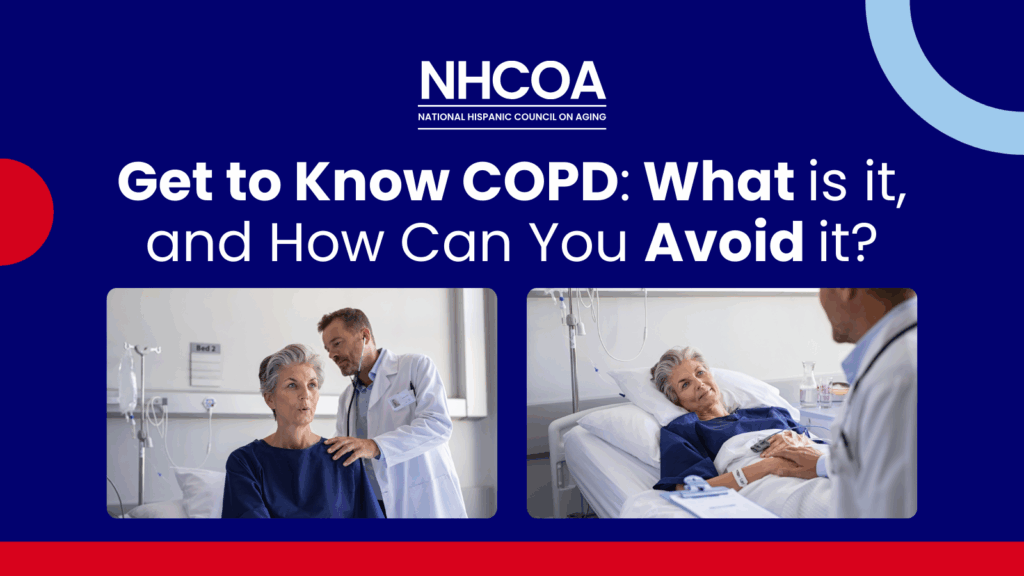
Chronic Obstructive Pulmonary Disease (COPD) is one of the top ten causes of death in the United States, according to the Centers for Disease Control and Prevention (CDC). Comprised of two types, Emphysema and Chronic Bronchitis, COPD is a debilitating condition whose toll on our respiratory systems can make even the simplest of everyday tasks burdensome.
COPD is brought on by severe damage to our lungs. Unless you’re exposed to severe amounts of air pollution on a regular basis, this type of severe damage is typically due to smoking. From such severe damage, two conditions are likely to occur, both of which are referred to as COPD generally.
Emphysema
In the case of emphysema, the air sacs in one’s lungs have become severely damaged. Normally, these air sacs stretch and expand like balloons when we inhale, and then deflate when we exhale. There are many of these little air sacs, clustered together and sharing the stretchy elastic walling between each other. However, when these walls are damaged, they lose their elasticity or breakdown entirely, resulting in a smaller amount of larger flimsier sacs that struggle to inflate and deflate, as opposed to many tiny sacs that work properly.
Key Symptoms:
- Wheezing
- Whistling or squeaky sounds when breathing
- Chest tightness
- Shortness of breath
Chronic Bronchitis
Chronic bronchitis is the name we give to an ongoing and persistent wet cough. The word bronchitis is so named because the condition specifically effects our bronchial tubes; when we inhale, air travels through our windpipe (trachea), which eventually splits into two tubes that lead to each lung. From there, these tubes branch off into more pathways that lead to air sacs. To have bronchitis means that the lining of these tubes has become inflamed and irritated. You might have had acute bronchitis before, likely from an infection, where your cough persisted even 1 to 10 days after you got better. To have chronic bronchitis, is for such a cough to so constant and ongoing that it feels permanent, where your bronchial tubes are constantly irritated, inflamed, and producing too much mucus.
Key Symptoms:
- Frequent coughing that brings up mucus
- Shortness of breath
- Whistling or squeaky sounds when breathing
- Chest tightness
- Wheezing
Most people diagnosed with COPD are experiencing a combination of both types, resulting in an uncomfortable combination of symptoms that make everyday tasks much more taxing.
How do you prevent COPD?
Fortunately, the prevention of COPD comes down to one bottom line for Americans: quitting smoking. Unless you’re frequently breathing heavily polluted air, the only way you’re likely to be at risk for COPD is by smoking. In a 2022 report, the CDC found that 49.2 million Americans, or 19.8%, reported active tobacco use. Also according to the CDC, there are nearly 16 million Americans who have COPD.
What does treatment look like for COPD?
Unfortunately, there is no cure for COPD. That being said, there are ways to manage one’s COPD. First and foremost, stopping smoking will help ensure that the condition does not worsen, avoiding flare ups and further damage to your lungs.
Individuals with COPD may find aide through the use of inhaled medicines, similar to those with asthma, that helps to open their airways and make breathing easier. Similarly, many individuals with COPD will engage in oxygen therapy, wherein the patient receives portable oxygen tanks to ensure that they can easily circulate oxygen throughout their body to compensate for the worsened efficiency of their breathing. There are also pulmonary rehabilitation programs that are designed to help patients better manage their COPD symptoms so that they may breathe better and feel more physically able.
Living with COPD makes you more at risk for other chronic illnesses, like asthma, heart disease, diabetes, and lung cancer, among others. Our lungs are amongst the most important systems in our bodies, so when they are damaged so severely it should come as no surprise that one’s entire life will suffer. When breathing is made harder, it means that we’re doing a much worse job of circulating oxygen throughout our body, resulting in less energy, and a generally weaker body. Don’t overlook the dangers that comes with heavy frequent smoking. Consider the ramifications that chronic illnesses like these can have on your day-to-day life.
References:
- “About COPD,” COPD. The Centers for Disease Control and Prevention. https://www.cdc.gov/copd/about/index.html
- “Chronic Bronchitis,” Health Topics. MedlinePlus, National Library of Medicine. https://medlineplus.gov/chronicbronchitis.html
- “Emphysema,” Health Topics. MedlinePlus, National Library of Medicine. https://medlineplus.gov/emphysema.html
- “What is COPD?” Health Topics. National Heart, Lung, and Blood Institute. 11/08/2024. https://www.nhlbi.nih.gov/health/copd
- “Chronic obstructive pulmonary disease (COPD),” Newsroom. World Health Organization. 11/06/2024. https://www.who.int/news-room/fact-sheets/detail/chronic-obstructive-pulmonary-disease-(copd)
- “Current Cigarette Smoking […],” Smoking and Tobacco Use. The Centers for Disease Control and Prevention. 2022. https://www.cdc.gov/tobacco/php/data-statistics/adult-data-cigarettes/index.html

Recent Comments